Swimming pool maintenance is essential for keeping your swimming pool in top shape so that you have clean water and a safe place to swim. The pool check valves are one of the most crucial components in the pool system that is often overlooked. Without these valves, water would be allowed to flow backward into the inner workings of your pool’s filtration and circulation system at undesirable times. Keeping your pool check valves in good shape not only helps your pool equipment last longer but also helps to improve your pool experience overall. If the check valves work properly, they assist in keeping the chemistry and clarity of the water, and your pool is a more pleasant place to chill and swim.
What is a Pool Check Valve?
The pool check valve is an important part of the swimming pool plumbing system. Its primary purpose is to stop backflow, the reversal of water flow that can contaminate or damage a pool’s filtration and circulation system.
Function of pool check valves
Check valves are inserted in the plumbing lines that go to and away from the pool's pump and filter. Their basic function is to prevent water from flowing back to the pump when it is shut off or the water level in the pool goes down. This is especially important because air can be sucked into the system and damage the pump and its performance.
Types of Pool Check Valves
Swimming pools are dependent on check valves to control water flow and protect pool equipment.
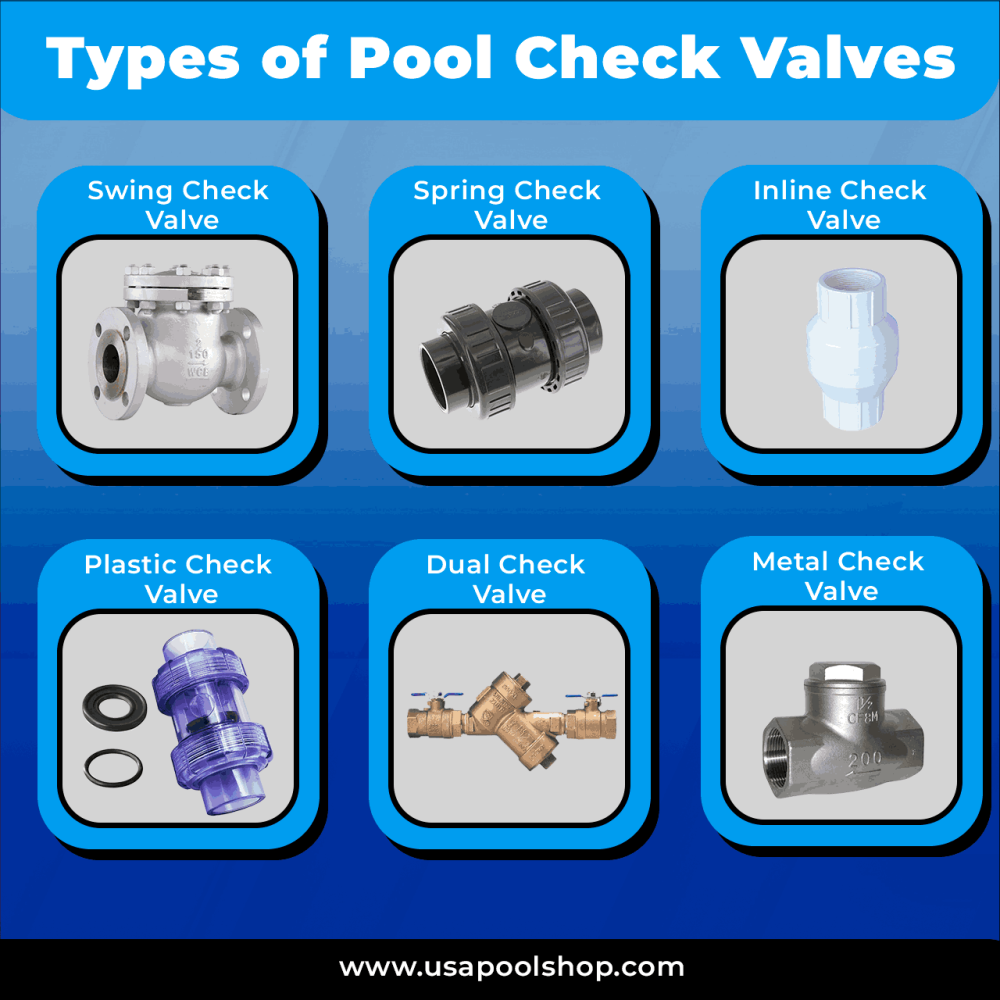
2 inch pool check valve: In larger pools or systems with a higher flow rate, a 2" check valve is used. It is important as it needs to match the size of the plumbing they are connected to to maximize the management of water flow without causing unnecessary loss of pressure or limiting the flow.
Check valve for pool pump: To keep the water from flowing back into the pool when the pump is turned off a check valve is installed on the pool pump suction side. This is important because air can get into the pump via backflow, which can cause the pump to run dry and cause serious damage.
Pool filter check valve: This Valve is for Optimal Filter Function: Your pool filter came with a check valve that prevents backflow from the filter to the pool when the pump is off or you are doing your maintenance. Fits in with everything else as this protects the filter from being flooded with dirty water whilst only allowing back in clean water to return to the pool.
Pool heater check valve: When the heater is not in use, the valve prevents hot water from flowing back into the pool, but the plumbing to the heater requires a check valve because it supplies hot water.
Pool chlorinator check valve: The use of a chlorinator in systems also requires a check valve, to prevent chlorine solution from flowing back into the pool. The chlorinator and associated plumbing can be corroded and damaged by this backflow.
Master pool efficiency with our comprehensive insights into swimming pool valves
Symptoms of a Faulty Pool Check Valve
A pool check valve that is working properly is important to keep your pool’s plumbing system running efficiently and effectively. A faulty pool plumbing check valve can cause a number of problems that affect your pool equipment as a whole.
Water leakage: If your valve is leaking water into its connections or you see water pooling around the valve, then your valve is not sealing right and needs immediate attention.
Frequent priming of the pump: If you have to prime your pool pump often, it may be a sign that the pool plumbing check valve is failing.
Inconsistent water flow: If you see the pressure and water flow rate down or it continues to change during operation, you may have an issue with the valve itself or it is plugged. It can cause regular inconsistency that affects the performance of pool filtration and circulation.
Suction problems: If your robotic pool cleaner or skimmer isn’t working right, it could be the pool plumbing check valve.
Visible damage or corrosion: Check the valve for any apparent damage or corrosion. If the pool check valve is worn out, it is likely to be replaced.
How to Replace a Pool Check Valve
Replacing pool check valves is a must-do maintenance task to ensure that your pool water flows properly and does not backflow.
Find the pool check valve Find out where your pool check valve is in your plumbing system. Use a wrench and carefully loosen the fittings on either side of the pool check valve and disconnect the Old Check Valve. Put a bucket or towel under it to catch water that may seep out.
When replacing the Pool Check Valve have a look at the integrity of the pool check valve flapper. If it looks worn or damaged replace it as this part is vital for the correct operation of the valve.
New pool check valve install Install the new Check Valve take the new pool check valve and put some Teflon tape in the threads on the fittings. Install the replacement pool check valve in the same position as the old valve and attach it to the plumbing, securely fastening the fittings.
Once installed, turn the pool pump back on and test the New Valve for leaks around the new pool check valve by sight or with a towel. Assure you that the valve operates correctly so water will be able to flow in the way you want it, with no backflow.
Troubleshooting Pool Check Valve Problems
Pool check valves are one of the important parts of a pool system because they help to keep your water flowing properly and prevent backflow from the pool heater check valve and the pool filtercheck valve.
Issues with pool check valve flapper malfunction
Flapper sticking: Debris, algae or mineral deposits may cause the pool check valve flapper to become stuck and not close correctly. It can cause water to leak back into the pool or heater.
Worn or damaged flapper: Damage to, or wearing of, the pool check valve flapper due to age can result in it not sealing the pool system properly and thereby allowing backflow.
Incorrect installation: Improper functioning may occur if the pool heater check valve or pool filter check valve is not installed correctly.
Troubleshooting steps
Inspect the flapper: See if it is showing signs of wear, damage, or buildup that could be holding it up, and see if you can blow any debris or deposits off that could be negating the flapper's ability to seal properly.
Backflow test: Test Backflow valves to see if water can backflow through the valves. Observe the water movement when the pump is operating, for any irregularities.
Clean the check valve: Clean both the pool heater check valve and pool filter check valve if the flapper won't clear because it's stuck on something. Any buildup can be removed with a brush.
Replace the flapper: If the flapper in the pool check valve is worn or damaged, replace it with a new one of the same specifications as your system.
Reinstall or adjust valves: If you find the installation was set up wrong, take out this affected check valve and make the appropriate adjustments before re-installing it while aligning it correctly.
Maintenance Tips for Pool Check Valves
Maintaining pool check valves properly will keep your pool system running efficiently.
Tip | Description |
Regular inspections | Look for buildup of debris, corrosion, or damage frequently to prevent clogging and to ensure proper function. |
Cleaning the valve | Disconnect and clean the valve periodically using water and a soft brush to remove stubborn debris. |
Monitor performance | Look for unusual sounds, leaks, or reduced flow, which may mean it’s time for maintenance or replacement. |
Lubrication | Apply silicone-based lubricant to moving parts, not petroleum-based as this will cause rubber degradation. |
Simplify pool maintenance with must-have cleaning tools for crystal-clear water
Regular pool maintenance is vital for ensuring a clean, safe, and enjoyable swimming environment. Pool check valves are one of the many components that need attention to keep the entire pool system running efficiently and for a long time. Maintaining proper care and maintenance of pool check valves not only improves your pool's performance, but also decreases the chances of expensive repair or replacement in the future, so making pool maintenance a priority, including regular valves & plumbings upkeep, means you can enjoy a more efficient, working pool.
FAQs
How Swimming Pool Check Valves Work?
The mechanism of a pool check valve operates using a simple yet effective design. When water is flowing towards the pump, the valve opens, allowing smooth passage. when the pump stops or the pressure changes, the valve closes automatically to prevent any backflow
How do you install a pool check valve?
Turn off the equipment, cut and clean the pipe, apply primer and cement, insert and align the valve, let the cement cure, and then test for leaks.
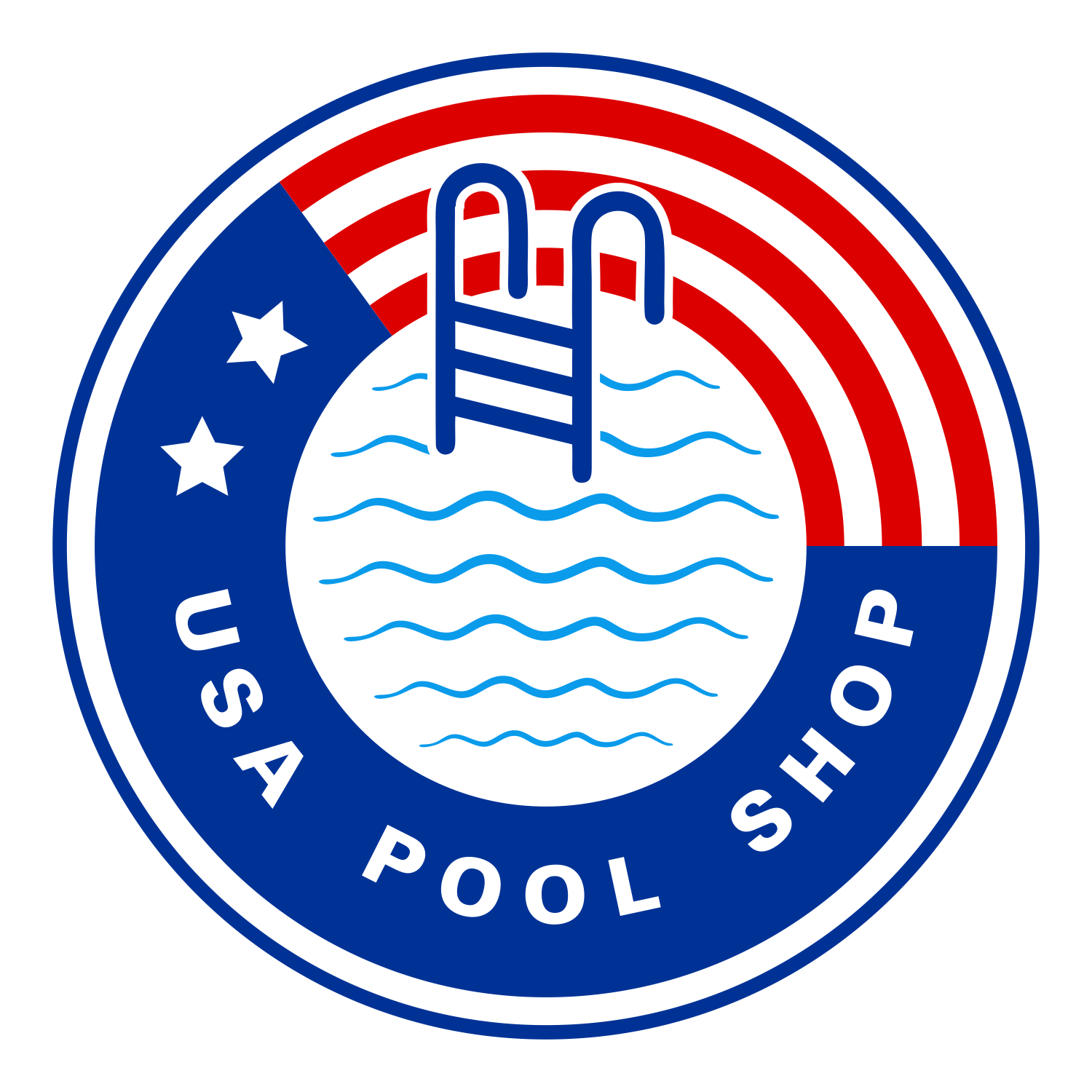
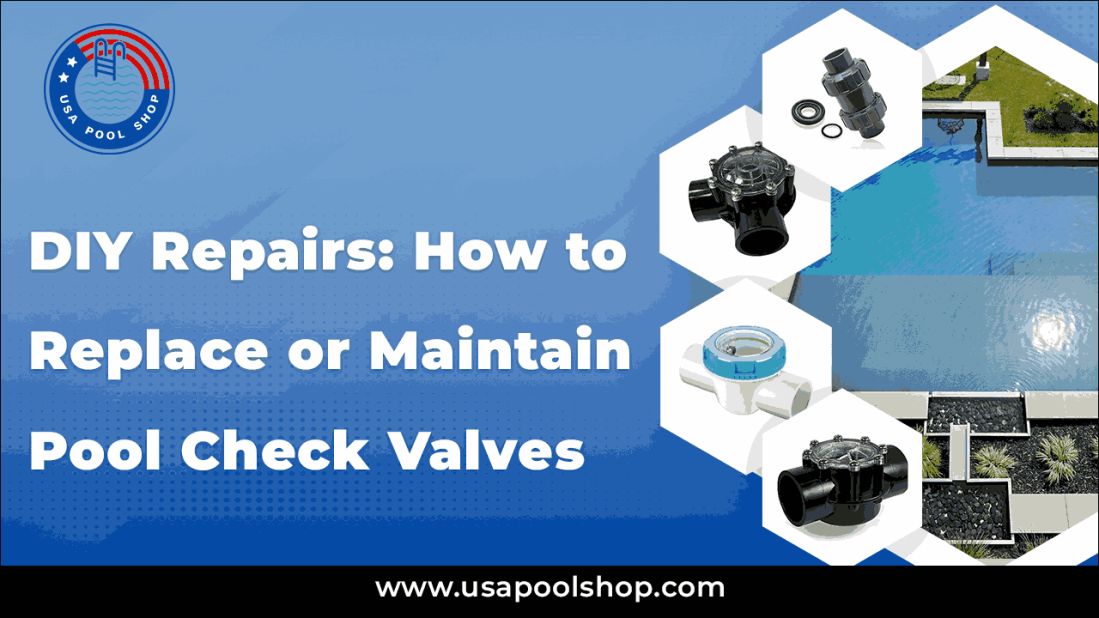

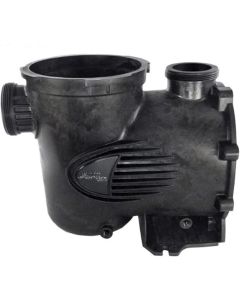
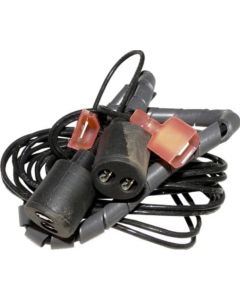
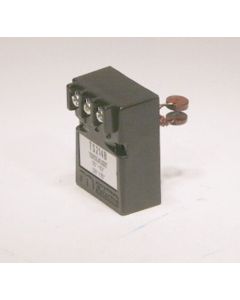



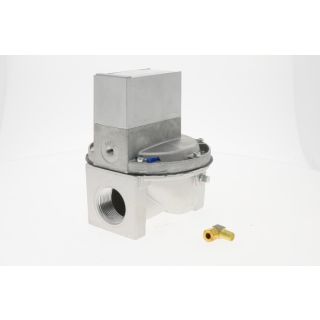

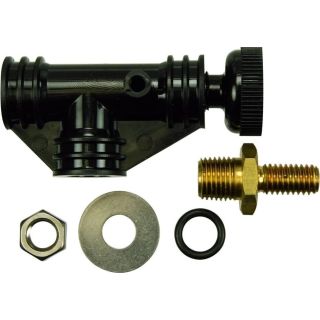


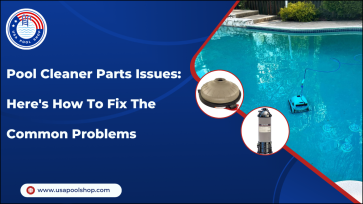
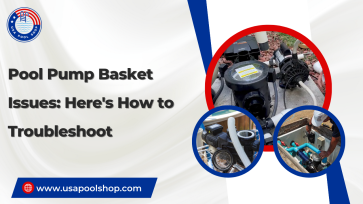
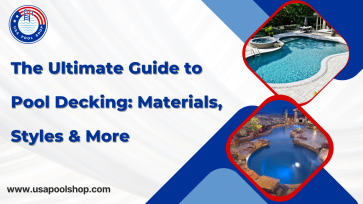

Validate your login